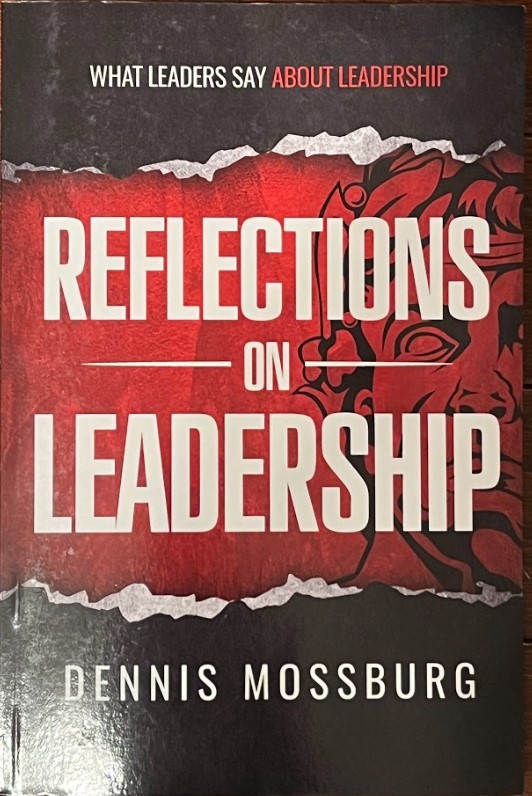New officers must learn how to speak AND write SITREPs to best inform their chains of command.
You get excellent training on saying STIREPs over the radio during your cadet and early platoon leader time. However, writing a SITREP can be tricky, especially when your leaders oversee and rewrite your products in a garrison environment. In addition, it’s frustrating when it gets kicked back for seemingly minor corrections.
So, this article will focus on how to write a garrison SITREP, so you don’t have to continue rewriting your products.
Here are your five steps for writing a SITREP.
1. Know Higher’s Priorities
Your SITREP should aim to inform your higher echelons about how your units are achieving the commander’s priorities and Lines of Effort (LOEs).
Informing commanders two levels up is usually the norm, but think higher. Commanders pull sections from subordinate SITREPs to show their chains of command that they align with higher priorities. So, try to write your SITREP to three or four levels up because that’s who your commander (CO, BN, BDE…etc.) is writing to.
There’s a reason why your commander has their LOEs and priorities. They’re nested within their higher’s lines of effort. LOEs such as People, Readiness, and Maintenance usually have roots in a higher echelon’s priority, for example.
Now that you know your commander’s priorities, use the SITREP bullet formula.
2. SITREP Bullet Formula
There are three elements to the SITREP bullet formula: What? So What? Now What?
The “What?”
The “What?” states exactly what your unit did to achieve a specific LOE. For example:
Alpha Company qualified 100 Soldiers at the M4 range on 05MAY14.
The example shares precisely what happened during the training event. It also fulfills the “Readiness” LOE set forth by your commander and is concise. Your “What” shouldn’t be more than one sentence.
The “So What?”
Next, the “So What?” explains why the event was essential to the commander. These “So What?” portions often reiterate the “What?” so avoid restating what you already did. Instead, think about someone asking you this question directly: you did an M4 range. So what? Why’s that important?
Here’s an example: Qualifying 100 Soldiers on the M4 enables the company to begin Advanced Rifle Marksmanship (ARM) training and supports the Readiness LOE.
The example explains why you qualified your Soldiers and which LOE your event supports. It’s important to explicitly state which LOE you’re supporting so that your commander doesn’t have to do that discernment later.
The “Now What?”
‘Now What’ explains how your event sets conditions for the future. How did your event support your higher’s mission and intent? You’re talking about future events here and why your training supported that.
Here’s the “Now What?” example:
Qualification of Alpha Company Soldiers sets conditions for follow-on ARM and squad through battalion live fire exercises in preparation for the National Training Center.
You should have only three to five sentences in your SITREP bullet. Here’s the SITREP bullet we created:
Alpha Company qualified 100 Soldiers at the M4 range on 05MAY14. Qualifying 100 Soldiers on the M4 enables the company to begin Advanced Rifle Marksmanship (ARM) training and supports the Readiness LOE. Qualification of Alpha Company Soldiers sets conditions for follow-on ARM and squad through battalion live fire exercises in preparation for the National Training Center.
You need to show how your training contributes to the overall mission. You’ll have several bullets in your unit SITREPs; only a few will make it any higher than two echelons above where you wrote your original SITREP.
3. Keep It Brief
Start your writing by listing four to six events your units conducted over the SITREP period. Discuss with your peers and rater, then begin writing your SITREP bullets. This helps you include only the most critical events in a SITREP. Remember, only the most essential things (IE: activities and training that align with an LOE) get a spot in the SITREP.
Your SITREP should contain the most relevant information to accurately show how your unit’s actions accomplished the LOEs set by the commander. Brevity is a high commodity in a SITREP.
DO NOT write every detail of every event. You’re looking for three to five sentences per bullet. Any more than that is overbearing.
Your content should be long enough to cover all the necessary parts but short enough to keep it interesting. Remember, your commander (or fellow S3 echelons above you) only has a finite amount of time to read your writing.
4. Use Photos
Put photos in your SITREP. Some units have Storyboard requirements, some have only SITREPs, and some do both. Regardless of what your unit does, try to include photos because those tell a story beyond anything you could write.
A SITREP photo needs to portray what your training/event accomplished. So, your photo should be an ‘action shot.’ Or showing people conducting what you’re describing in your bullet, not just people posing for a shot.
Choose photos that have one or more of the following criteria:
- Demonstrates the event as it’s unfolding
- Captures engaged participation by participants
- Shows important people who attended and are engaging with the event
Here’s an example. Look at these two photos:


Which photo would you put into the SITREP? Hopefully, photo number one. It shows the event and participant engagement. Your photos should also include a brief caption in the present tense that explains the context of the image, as the example shows above.
5. Review Past SITREPs
Lieutenants and Captains have been writing SITREPs for their commanders for years. There’s a repository of those past SITREPs somewhere.
Because the Army repeats training exercises, promotions, NCO of the month boards, and many other events, the bullets can have similar wording from SITREP to SITREP.
So, find those past SITREPs, put them all into a OneNote file, and sift through them when you write your next garrison SITREP. It’ll help you tailor your writing to what has been used in the past. And, because you’ll use your boss’s wording, they’ll mainly review the content for clarity instead of correction.
Some may frown on this practice. However, the intent is to accurately portray how your unit’s actions achieved the Commander’s Intent. If that’s the goal, then your SITREPs should look as closely as possible to your commander’s wording. In addition, past SITREPs are a good indicator of how your commander authors their SITREPs to higher. So, use their wording as much as possible, and copy when able.
And, if you cannot find past SITREPs, make a repository yourself and draw from those whenever your commander sends their SITREPs to higher. Your goal is to lighten your commander’s workload by anticipating their writing style and how they perceive their higher’s priorities.
Conclusion
To summarize:
- Know your higher’s priorities
- Use the SITREP bullet formula
- Keep it brief. Any bullet should be between three to five sentences
- Use photos
- Review and use past SITREPs
SITREPs can be time-consuming, but they don’t have to be. You have tools to ensure you write great SITREPs every time.
How do you write your SITREPs? What are the tools you use? Let me know in the comments below.
Thanks for reading!
Photo Credit
Featured Image: Ekrulilia
Photo 1: Pixabay
Photo 2: Jakob Owens




